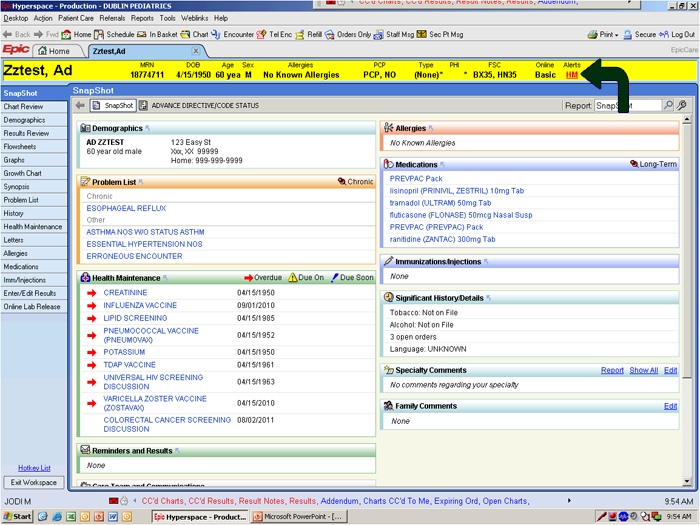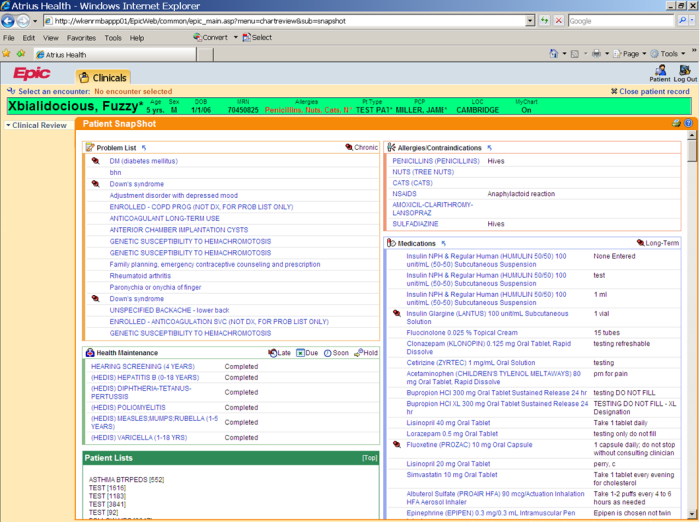Healthcare UX: When UX Hurts And Even Kills
Key Takeaways
- Poor UX in healthcare can lead to serious consequences, including critical medical errors and even death. This is often due to mismatched technology that doesn’t meet user needs, resulting in usability issues that can lead to treatment delays, miscommunication, and incorrect procedures.
- The healthcare sector is often slow to adopt new technology, resulting in outdated systems that are difficult to navigate and understand. This problem is exacerbated by the high cost of specialized healthcare software, which can lock health organizations into poorly designed systems for extended periods.
- There are real-life examples of poor UX leading to tragic outcomes, such as a patient being wrongly delivered to the operating room due to poorly designed patient ID bracelets, or a child dying due to nurses being unable to correctly interpret information delivered by complex charting software. These incidents highlight the urgent need for improved UX in healthcare.
What is a poor user experience (UX)?
It is usually when technology mismatches the user needs. The unfortunate truth is that healthcare is an area often suffering from such poor UX.
Healthcare UX issues impact our lives at a much deeper yet more personal level than almost any other area.
Specialized healthcare software has tended to be an area onto itself, often conservative and slow-moving. Generally when a health organization buys into an EHR (Electronic Health Record) system — and these systems are often priced in the millions — if that system shipped with little concern for usability, they are stuck with bad UX for the life of that system. There are no easy exits.
But that’s the key issue. Healthcare is a sector where poor usability isn’t just an irritation — it can lead to critical medical errors and traumatic outcomes.
When was the last time you were in a hospital and did you notice the technology they were using? It no doubt varies from region to region, but there’s a good chance that tech was older and less able than the system you use at home.
Each year we see tremendous technology advancements, yet these advancements often take a long time to filter through to the healthcare system. It seems they get stuck, that’s all.
When Poor UX Hurts
Apart from being stuck in with old tech, systems with poor UX can hurt. This is exactly what happened with Toi Valentine, daughter of an emergency room doctor and nurse, whose parents wanted her to follow their lead in medicine, but, eventually challenged her family expectations, moving to New York City to become an interior designer.
During summers, Toi used to work at a snowboard camp in Oregon. One summer, Toi sadly had a snowboard accident, where she landed with her spine on the edge of a snowboard rail, leading her to the local hospital.
The poor UX feelings started to become clear when Toi entered the chaotic emergency room. Toi slowly came to the conclusion that players there had no idea what their roles were, or how to interact with her as a patient. She ended up in the operating room for surgery instead of going to radiology to get a basic x-ray.
Toi realized that such mistakes were not human error, but rather of design flaw.
For instance, it was the poor design of patient ID bracelets that lead to Toi being wrongly delivered to the operating room. Bad space design and planning also caused treatment delays as staff ran back and forth for supplies.
This story lead Toi into a new career as a UX designer. She recognized that design is less about making things look pretty and more about understanding user needs and behaviors.
It was patently clear that broken UX that had failed Toi was completely unnecessary.
When poor UX takes lives
Jonathan Shariat’s wife, a nursing student, was sharing how passionate Jonathan was about technology in healthcare. Her teacher however held a contrary opinion and shared her story.
The patient’s real name was not mentioned, but was given the name Jenny for purposes of the story.
Jenny, a little girl, had been reveiving cancer treatment for the previous four years and had been discharged. Unfortunately she relapsed, and needed very strong chemotherapy treatment.
After the medicine was administered, three nurses attend to the charting software, where they enter the required data and made the appropriate orders.
Those nurses, each with over 10 years experience, simply overlooked a very critical piece of information. Jenny was supposed to be given 3 days of I.V. hydration. Unfortunately the nurses had difficulty understanding and responding to the software interface.
Jenny died of toxicity and dehydration. She had missed her hydration for two shifts. Why? Because the nurses weren’t able to interpret information delivered by the system.
Examples
So what are these UIs like?
The first screenshot below shows a system similar to the one that Jonathan’s wife uses every day. The other two interfaces are typical of those used daily by hospital staff.



In conclusion
We all come across poor UX in our daily travels, but, when this impacts our health and wellbeing — as in the cases above — this issue has to be taken more seriously.
It would be hard to read the above two stories without feeling. I also suspect that there are many similar but untold bad UX stories out there that we never hear.
What solutions or steps do you think need to be taken towards this issue? Do you, or know anyone who suffered due to poor UX? Share your stories with us.
Frequently Asked Questions (FAQs) about Bad UX in Healthcare
What are the common examples of bad UX in healthcare?
Bad UX in healthcare can manifest in various ways. For instance, complex navigation systems in healthcare apps can make it difficult for users to find the information they need. Poorly designed forms that require users to input the same information multiple times can also lead to frustration. Additionally, lack of clear instructions or feedback can leave users confused and unsure of whether they have successfully completed a task.
How can bad UX impact patient care?
Bad UX can significantly impact patient care. It can lead to miscommunication between healthcare providers and patients, resulting in potential errors in treatment. Additionally, it can cause frustration and stress for patients, which can negatively impact their overall healthcare experience.
What are the key principles of good UX design in healthcare?
Good UX design in healthcare should be user-centered, meaning it should be designed with the needs and abilities of the user in mind. It should also be simple and intuitive, allowing users to easily navigate the system and complete tasks. Additionally, good UX design should provide clear feedback to users, letting them know when they have successfully completed a task or if there are any errors.
How can healthcare providers improve their UX design?
Healthcare providers can improve their UX design by conducting user research to understand the needs and abilities of their users. They can also conduct usability testing to identify any issues with their current design. Additionally, they can work with UX designers to create a design that is user-centered, simple, and intuitive.
What are the benefits of good UX design in healthcare?
Good UX design in healthcare can lead to improved patient care, as it can facilitate better communication between healthcare providers and patients. It can also lead to increased patient satisfaction, as users will find the system easy to use and navigate. Additionally, good UX design can lead to increased efficiency, as it can streamline processes and reduce errors.
What are the challenges in implementing good UX design in healthcare?
Implementing good UX design in healthcare can be challenging due to the complexity of healthcare systems and the need to comply with various regulations. Additionally, healthcare providers may face resistance from staff who are used to existing systems and processes.
How does bad UX design affect healthcare professionals?
Bad UX design can lead to increased workload and stress for healthcare professionals. It can also lead to errors in patient care, as healthcare professionals may struggle to navigate complex systems or misinterpret poorly designed information.
Can bad UX design lead to medical errors?
Yes, bad UX design can lead to medical errors. For instance, if a healthcare app is poorly designed, healthcare professionals may input incorrect information or misinterpret data, leading to potential errors in patient care.
How can UX design contribute to digital health innovation?
UX design can contribute to digital health innovation by creating user-centered designs that improve patient care and increase efficiency. It can also facilitate the adoption of new technologies in healthcare, as users are more likely to use a system that is easy to use and navigate.
What is the role of UX designers in healthcare?
UX designers play a crucial role in healthcare. They are responsible for designing systems and apps that are user-centered, simple, and intuitive. They also conduct user research and usability testing to ensure that their designs meet the needs and abilities of users.
Doctor and author focussed on leveraging machine/deep learning and image processing in medical image analysis.
